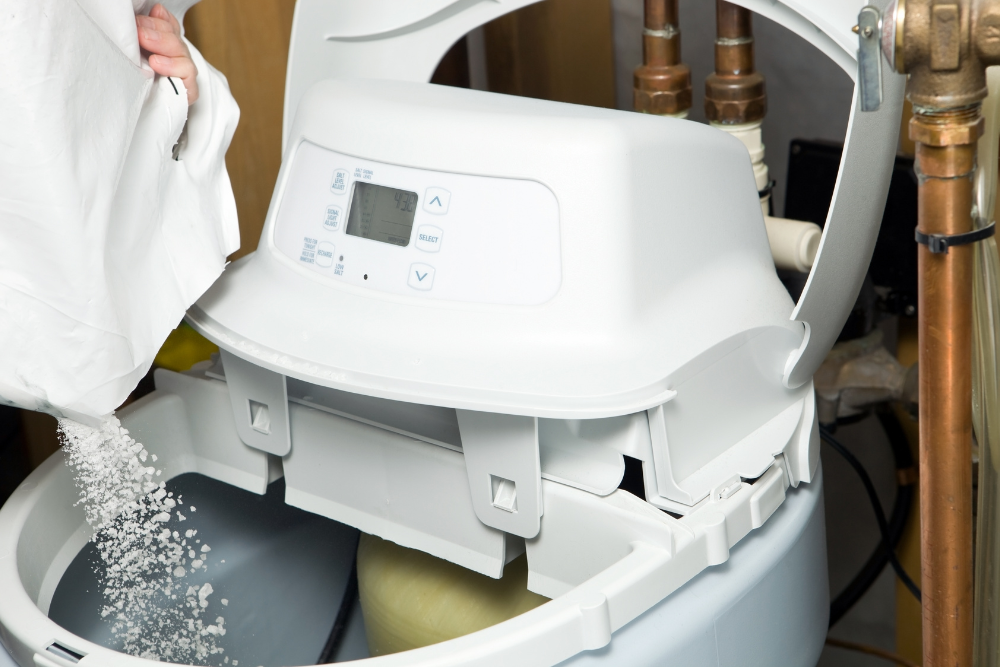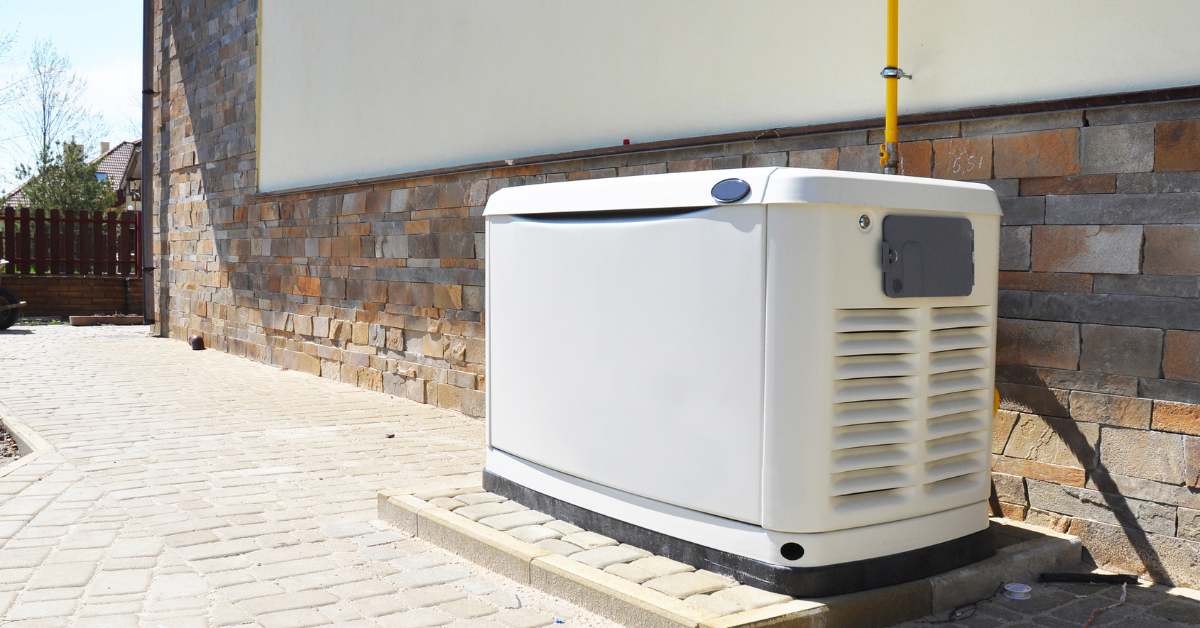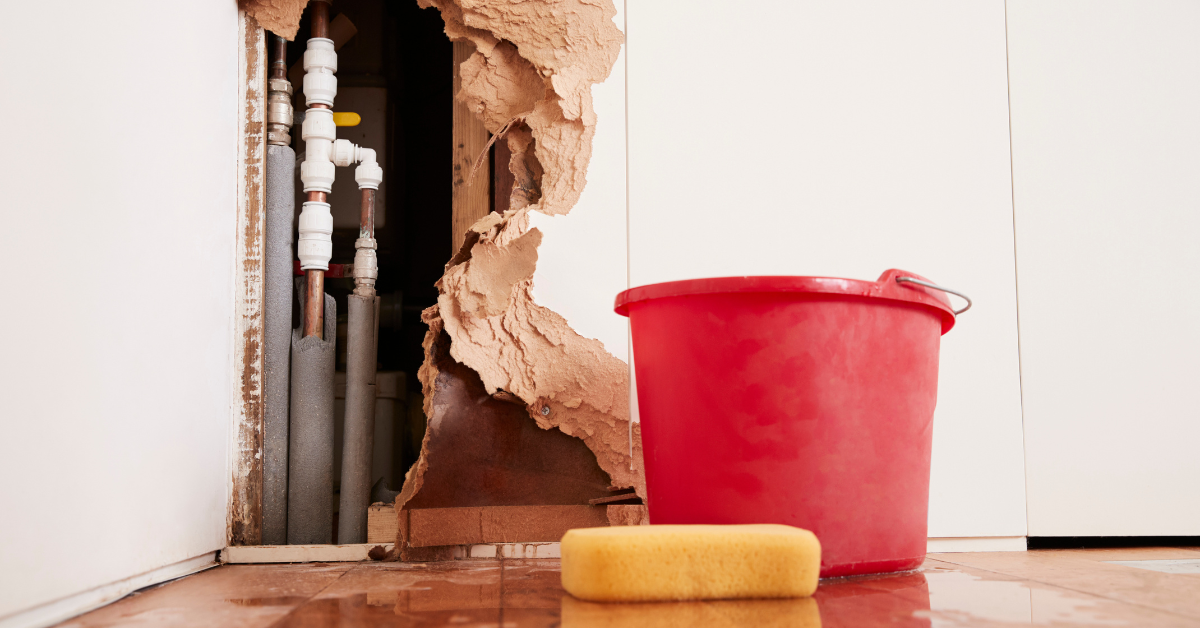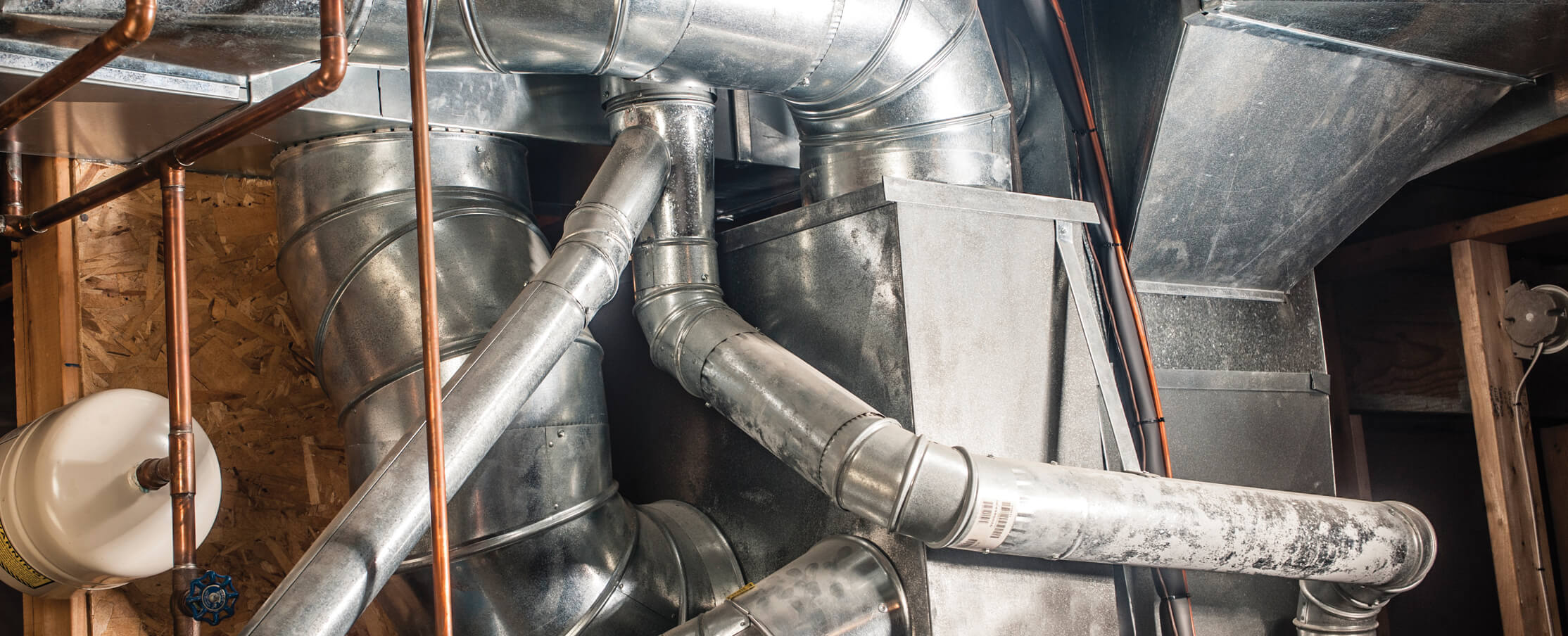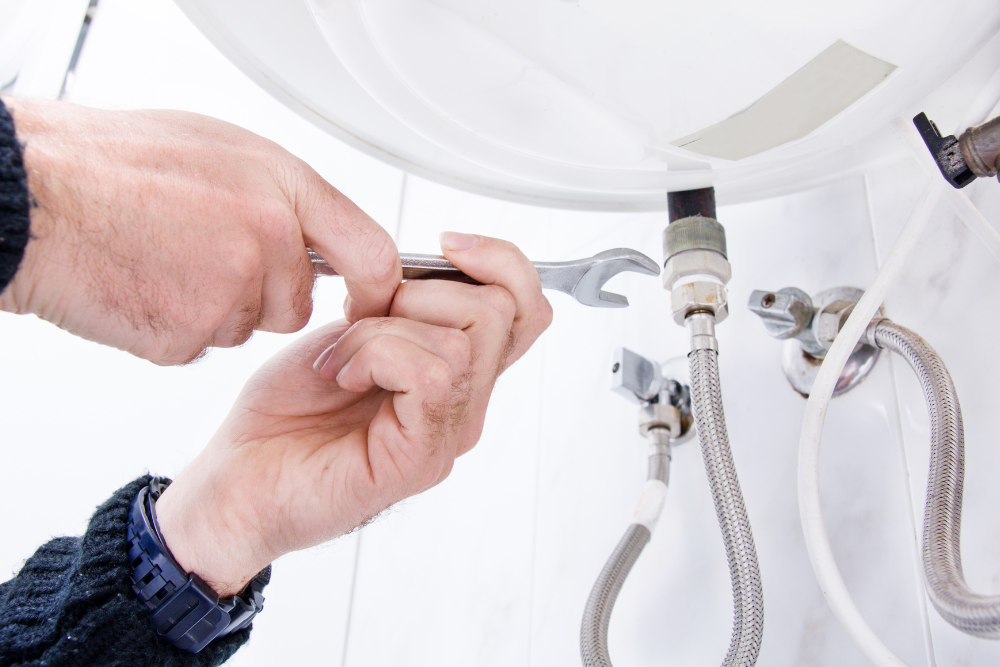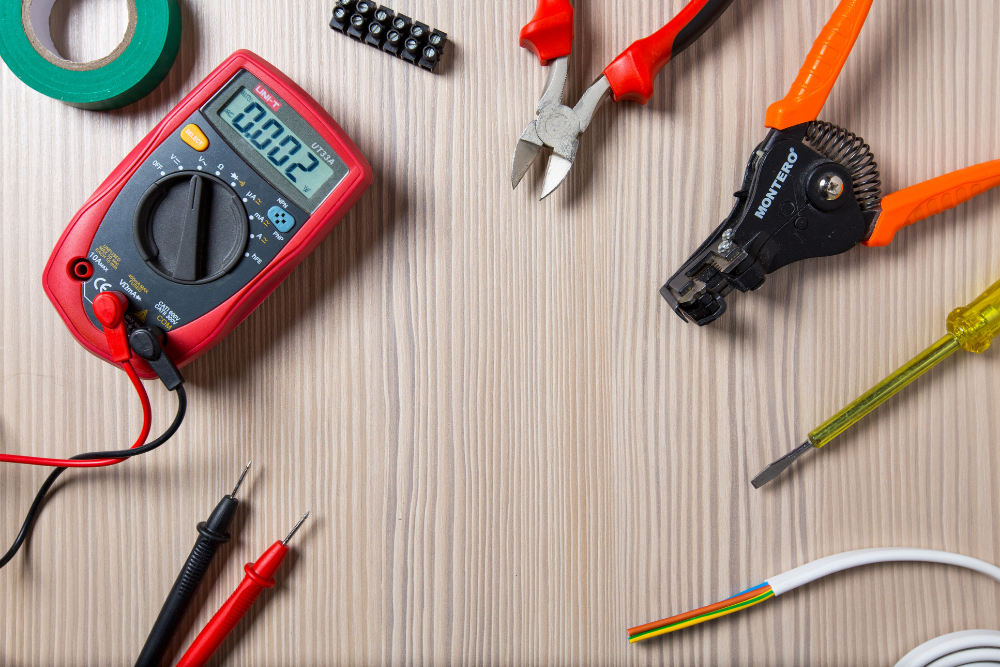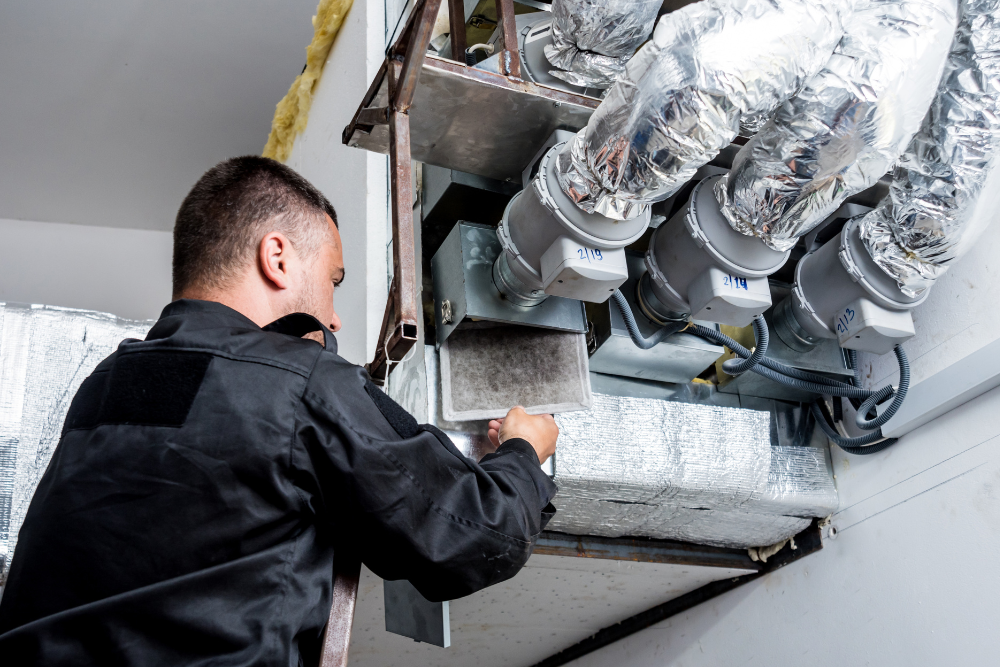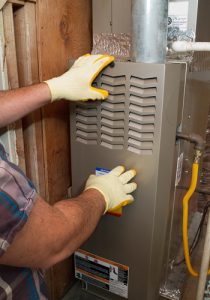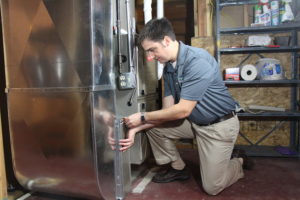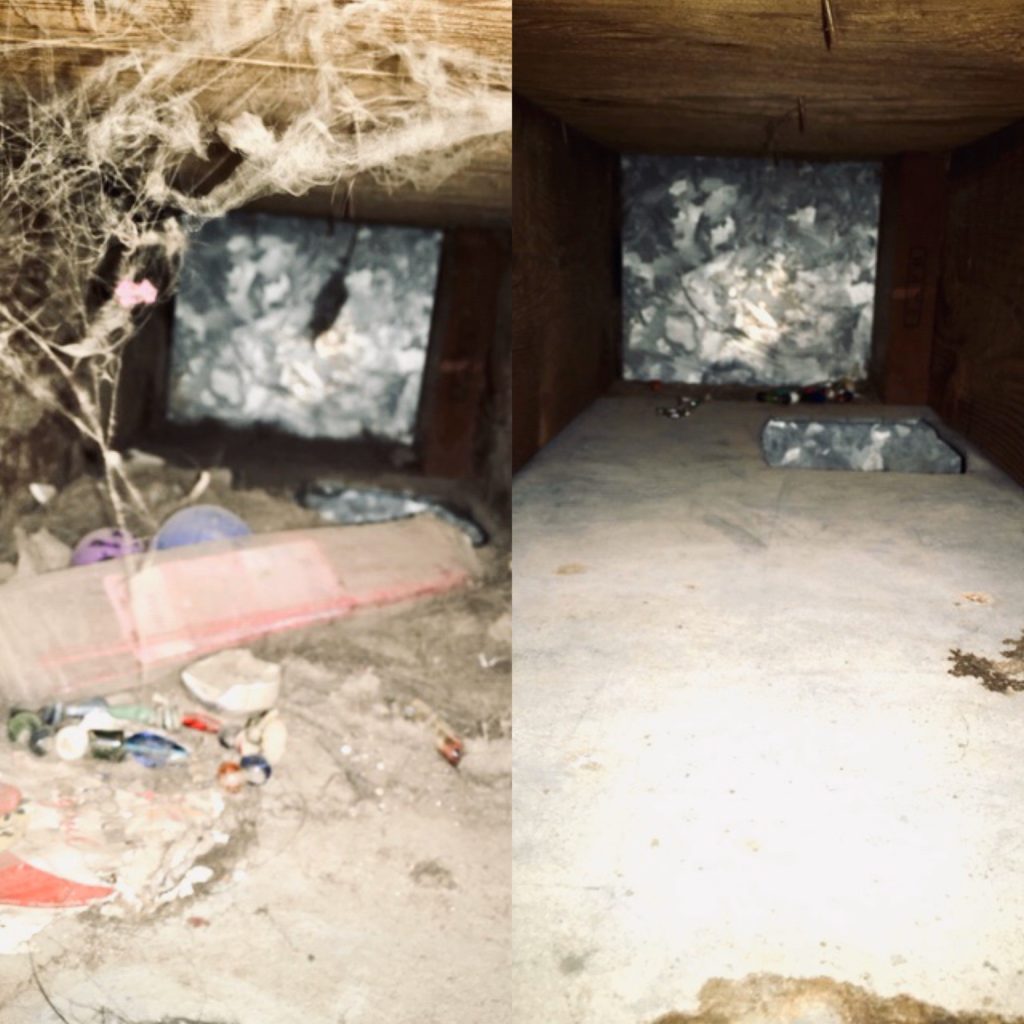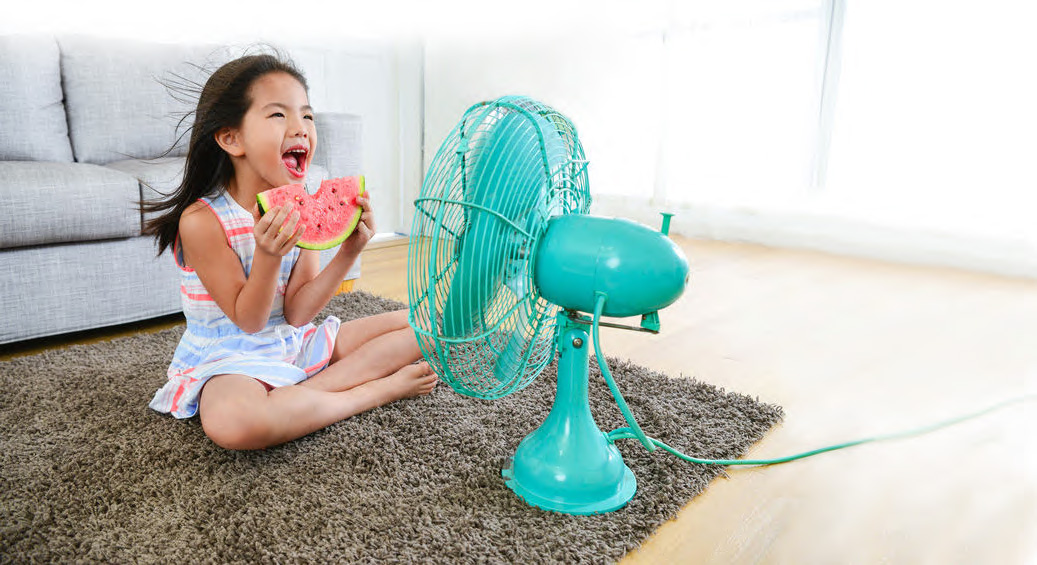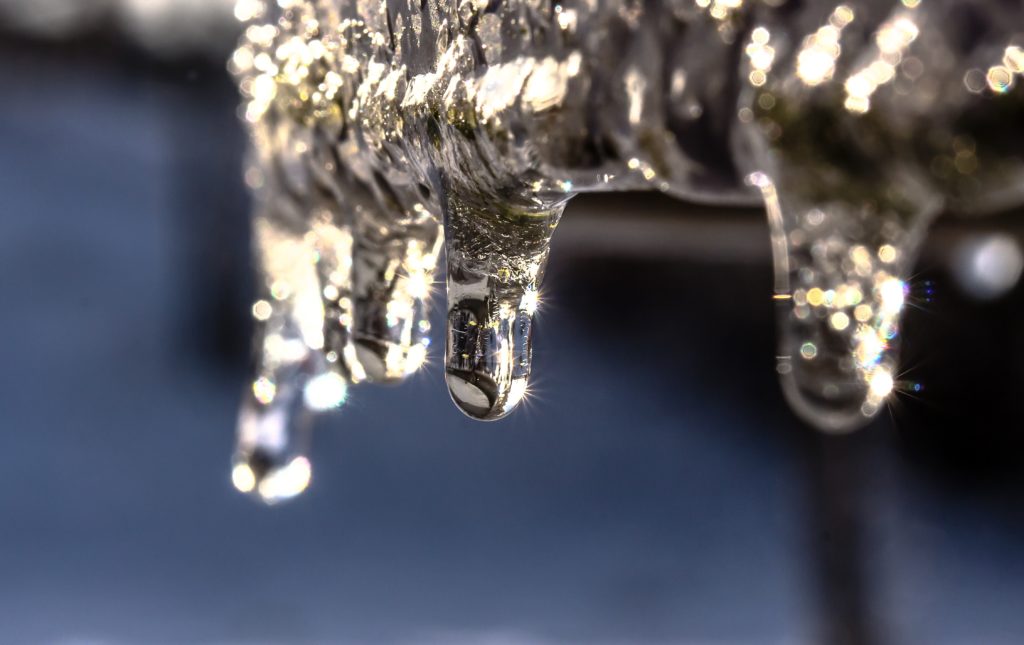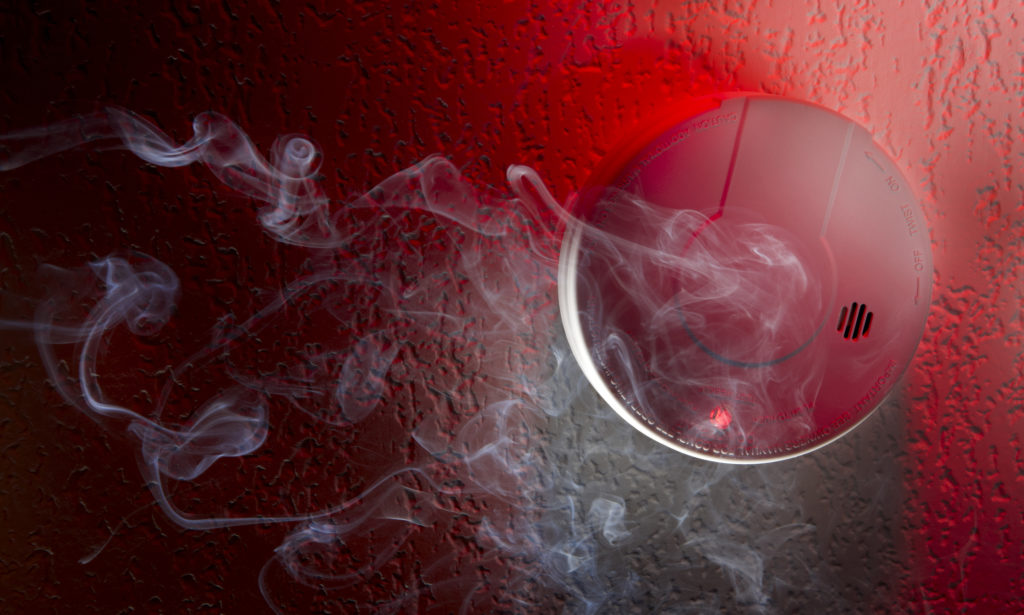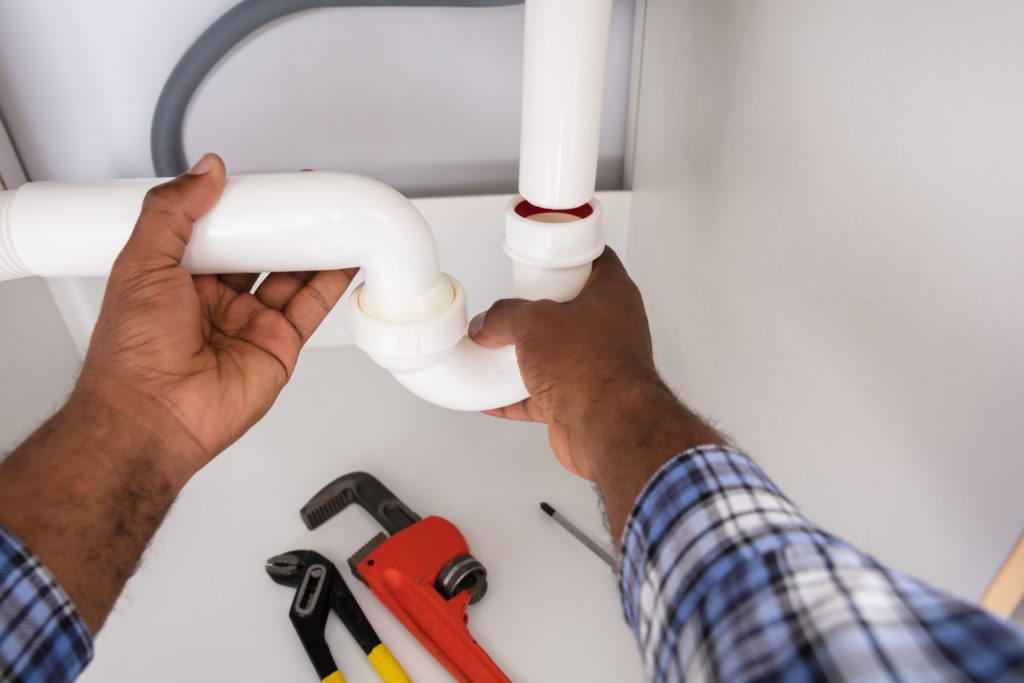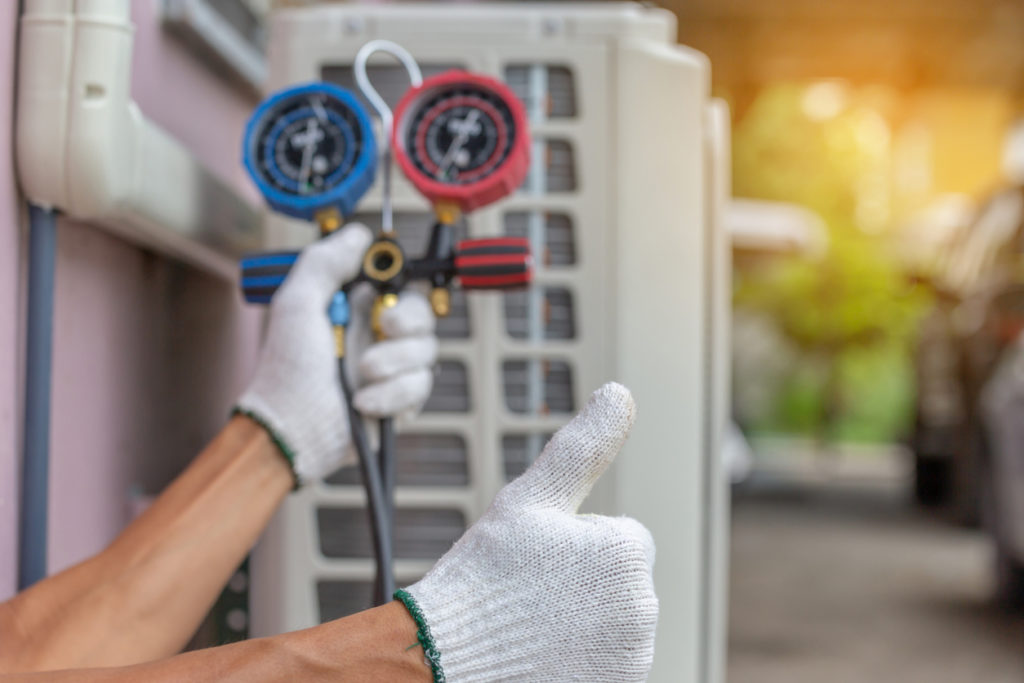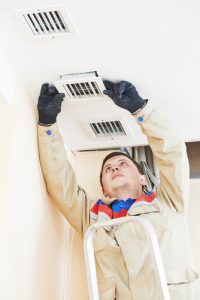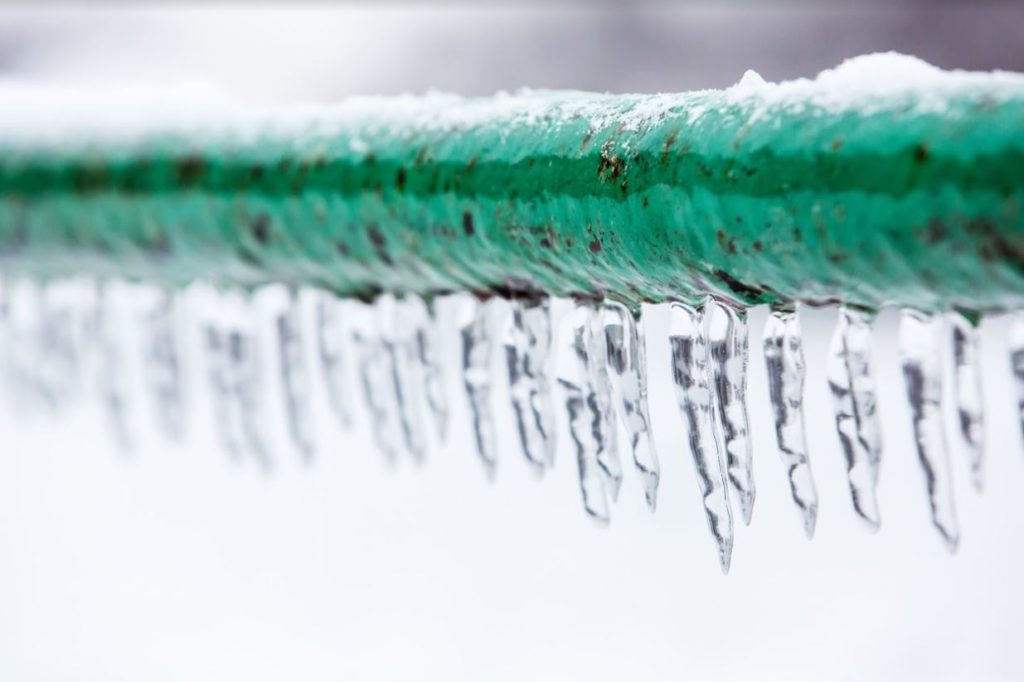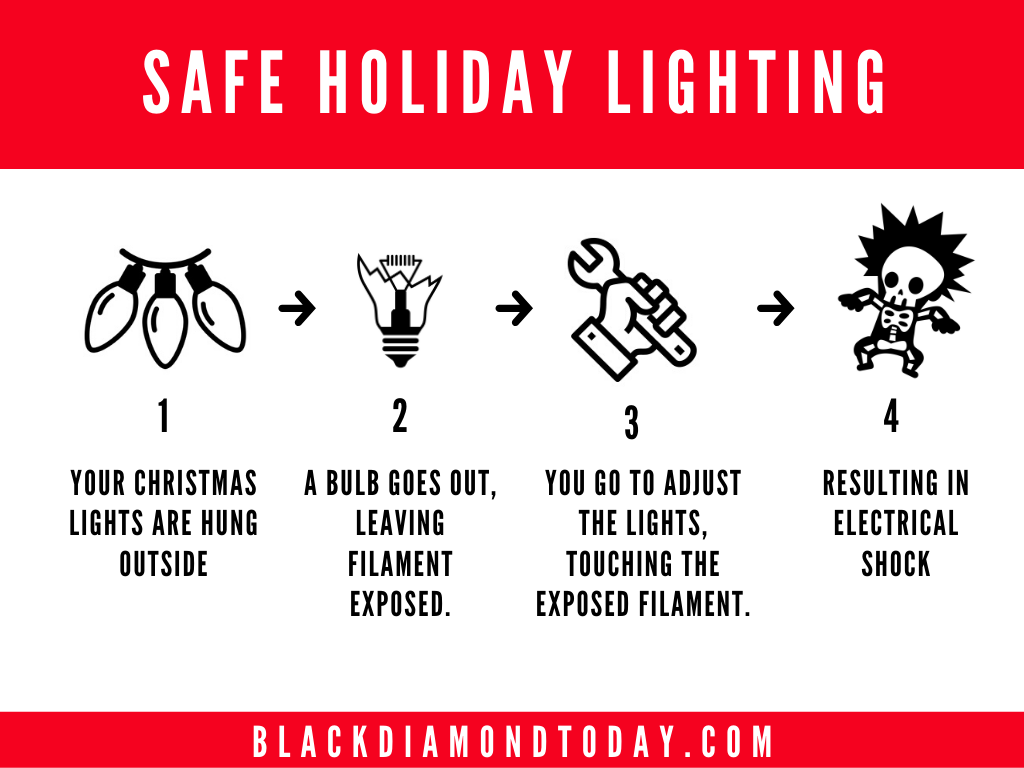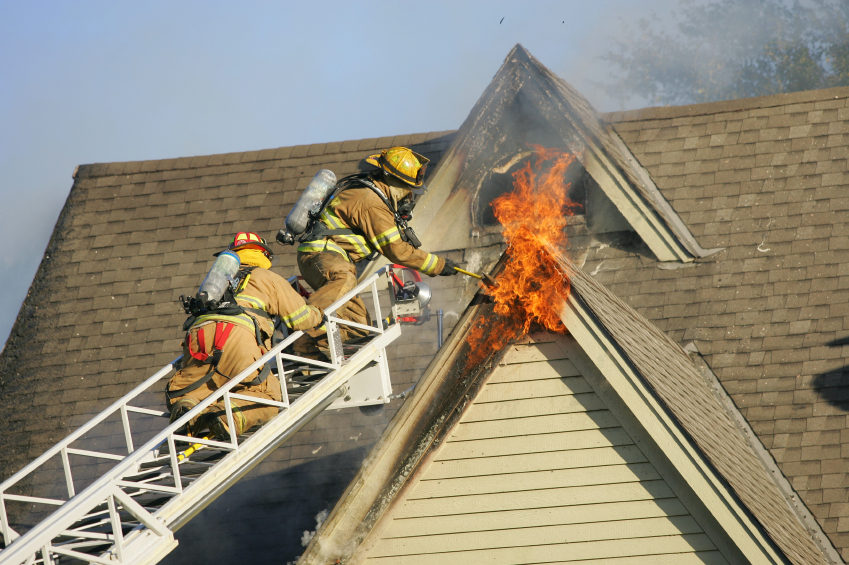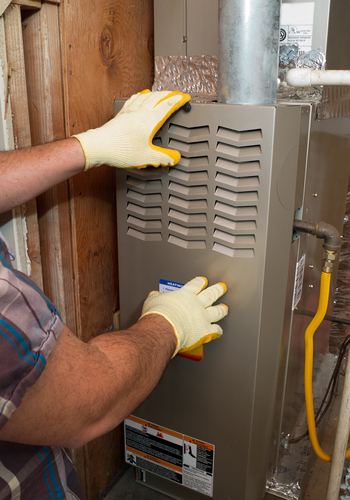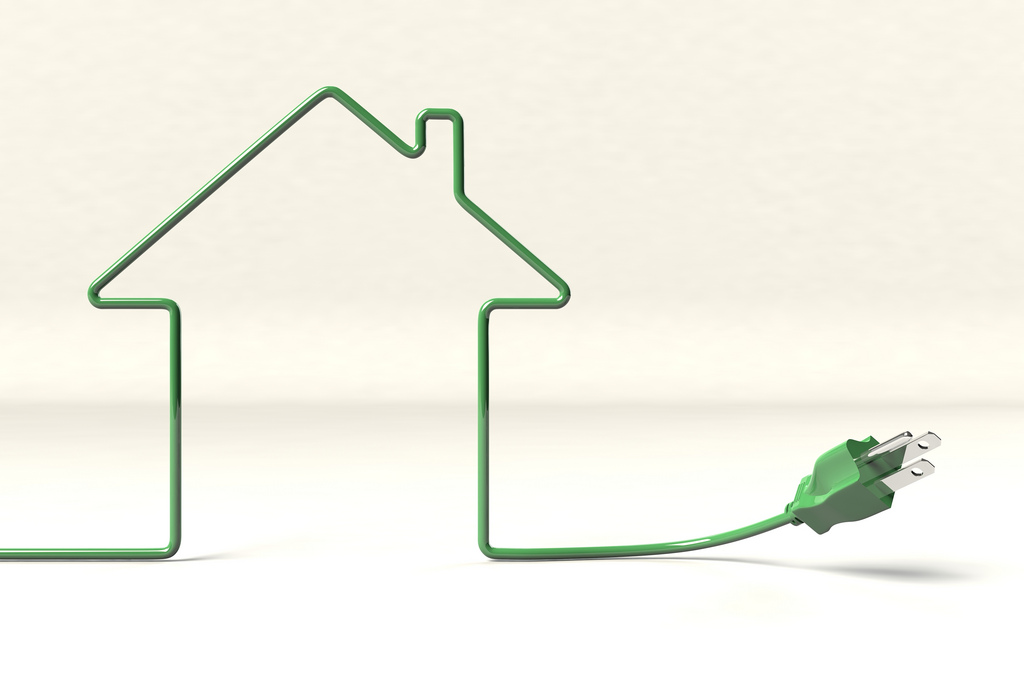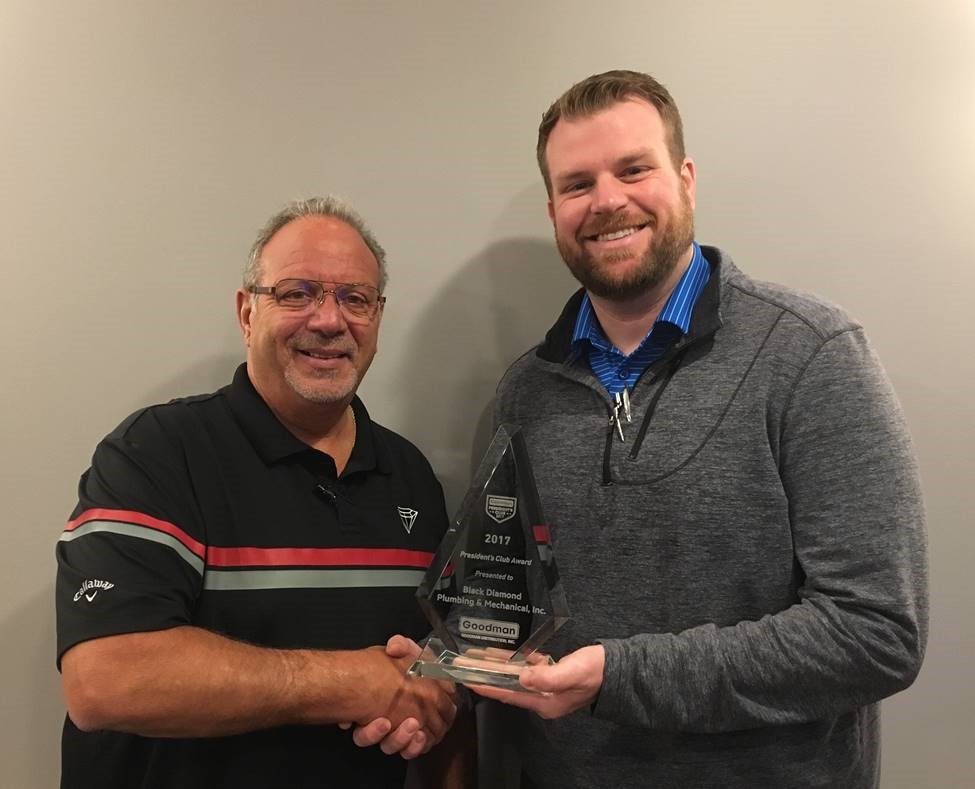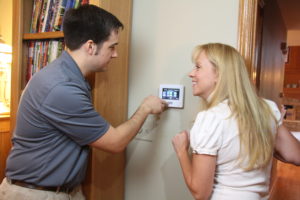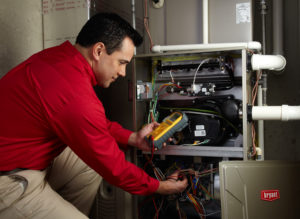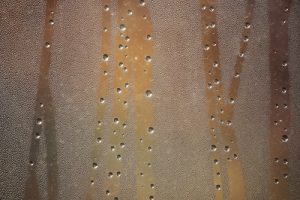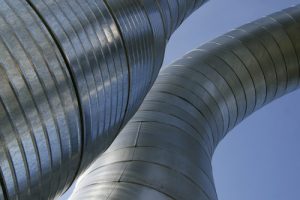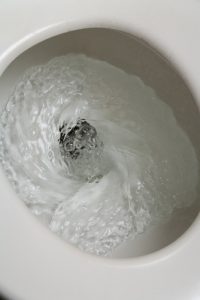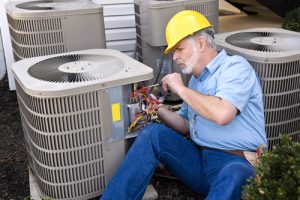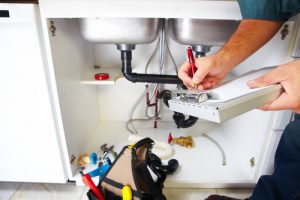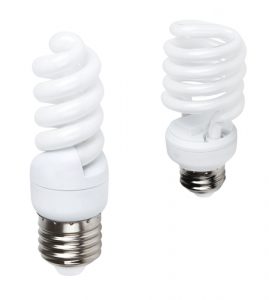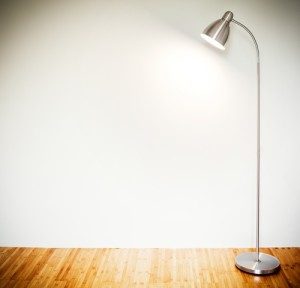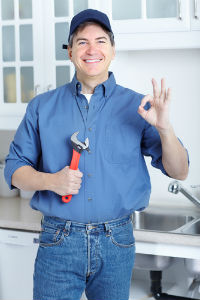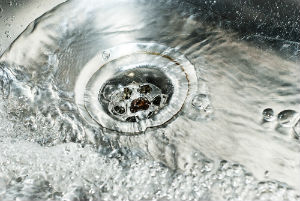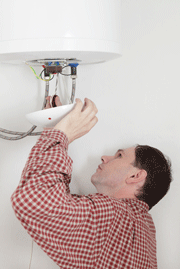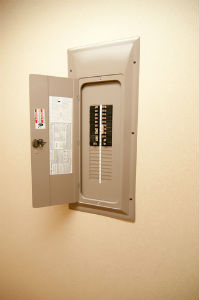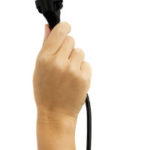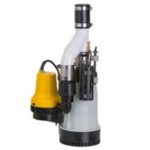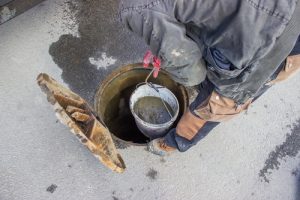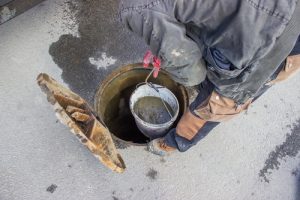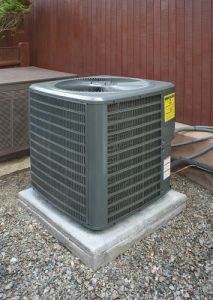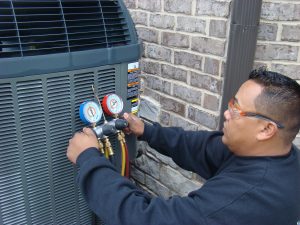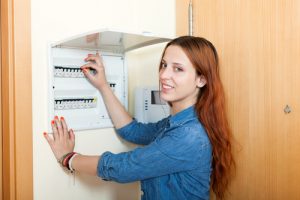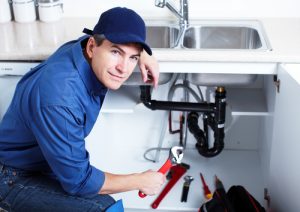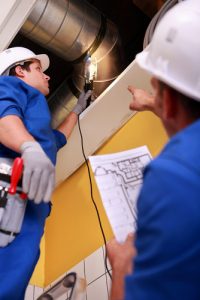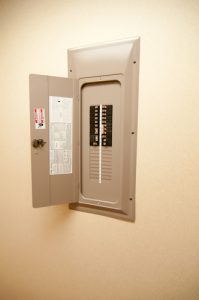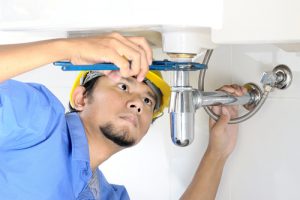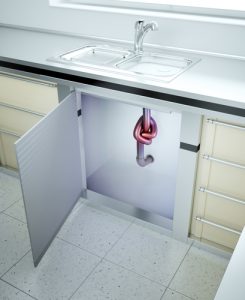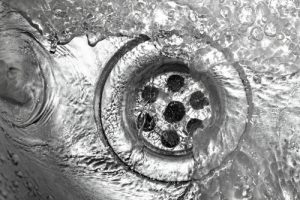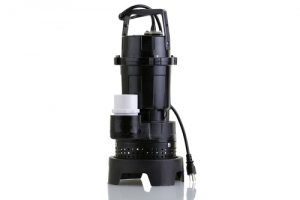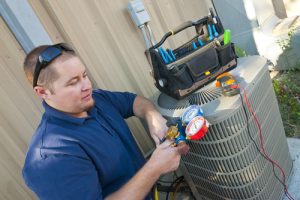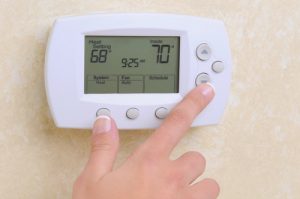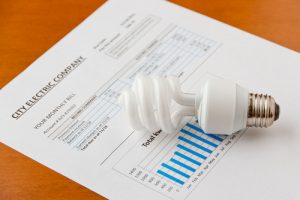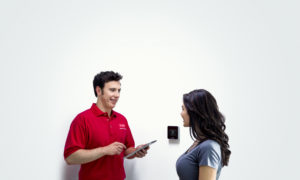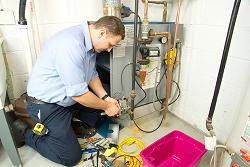The Role of Evaporator and Condenser Coils in Home Air Conditioning
Most of us appreciate the comfortable cooling that our home’s central air conditioner provides. And yet, most of us also have no idea how an A/C works. It’s helpful to have some basic knowledge so, when your air conditioner goes on the fritz, you’ll have at least a general idea of what might be going wrong. Any explanation of air conditioning should include a discussion of how evaporator and condenser coils work.
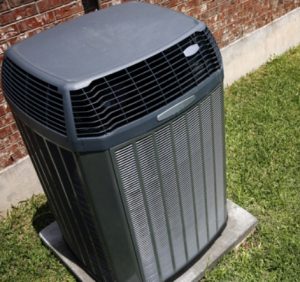
How a Central A/C Works
Refrigerant is the lifeblood of any air conditioning or refrigeration system. Engineered to transition from liquid to gas and back to liquid again quite easily, the refrigerant is pumped through the A/C system, removing heat energy from inside the house and releasing it outside into the air. The refrigerant does this inside evaporator and condenser coils. In a split-system central air conditioner, the most common variety, two units – one inside and the other outside – work in tandem to provide cooling for your home.
Evaporator Coil
In the northern households of Chicagoland, this coil is usually located in a metal box fitted on top of a gas furnace. In southern climates, where gas furnaces aren’t so common, the evaporator coil is typically located in a dedicated air-handling unit. As liquid refrigerant travels through the copper evaporator coil, it turns into a gaseous state as it absorbs heat from the inside air.
An air handler or blower fan blows warm indoor air across the chilled evaporator coil, which removes heat from the air and transfers it to the refrigerant. The air – cooled by the elimination of heat – is then blown through your ductwork to every room in the house. Before it goes back to the A/C via return ducts, it passes through an air filter that removes airborne particulates and contaminants. During this process, the evaporator coil also removes moisture from the air. The water drains into a condensate pan at the base of the evaporator before draining away through a PVC pipe.
Condensing Coil
So where does the gaseous refrigerant go with all of that heat energy? After removing heat from the home, the A/C pumps the refrigerant outside to the condenser/compressor, that familiar metal box usually positioned on a pad next to the house. A compressor applies pressure to the refrigerant, returning it to a liquid state; in the condensing coil, it releases heat into the atmosphere with the aid of an exhaust fan. The refrigerant then returns inside to the evaporator coil where the process starts all over again.
How a Heat Pump Differs From A/C
An air-source heat pump works quite similarly to an A/C when in cooling mode. The main difference is that the heat pump has a reversing valve that can switch the direction of the refrigerant for either cooling or heating. In these systems, the coils switch roles depending on what mode the heat pump is operating in. When heating, the indoor evaporator coil becomes a condensing coil, and the outside coil becomes the evaporator coil.
Maintenance
For the heat-exchange process to work efficiently in any A/C or heat pump, the evaporator and condenser coils must be kept clean, and airflow must be maintained to both inside and outside units. If the coils are dirty, the A/C blower and compressor will have to work harder to cool and dehumidify the air. That extra labor and stress will result in wasted energy and premature wear and tear on parts. Dirty coils are a primary cause of compressor failure in an air conditioning system.
It’s also imperative in an A/C of any type – whether split system, package system, or portable/window – that the refrigerant be kept at the precise manufacturer-recommended level. Too much or too little refrigerant, and your system won’t operate efficiently and eventually will fail.
Annual air conditioner maintenance is highly recommended, and springtime is a good time to schedule an appointment. The tune-up will ensure that all parts and components are clean, including the evaporator and condenser coils; that airflow has been properly adjusted; that refrigerant is at the right level; that electrical connections are tight; that all mechanical part have been cleaned and lubricated; and that the thermostat has been tested for proper operation.
If you haven’t done it already, the technician will check the air filter and change it if it appears dirty. This is a task you should do yourself monthly during the cooling season.
To discuss scheduling a spring maintenance tune-up for your home’s A/C system or joining our Crystal Club to see substantial savings on all your maintenance, please contact Black Diamond Plumbing & Mechanical 815-444-0979 .
Image Provided by Shutterstock.com
Recent Posts
Request Service
Please fill out the form and we will get in touch with you shortly. We look forward to serving you!
Request Service
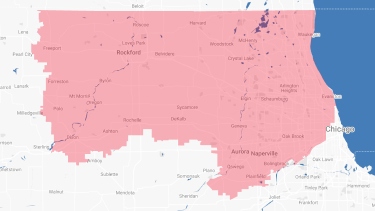
Proudly Serving
The Chicagoland AreaAddison | Algonquin | Antioch | Arlington Heights | Aurora | Barrington | Bartlett | Batavia | Beloit | Belvidere | Bensenville | Bloomingdale | Bolingbrook | Buffalo Grove | Byron | Caledonia | Capron | Carol Stream | And Much More!
VIew ALL

